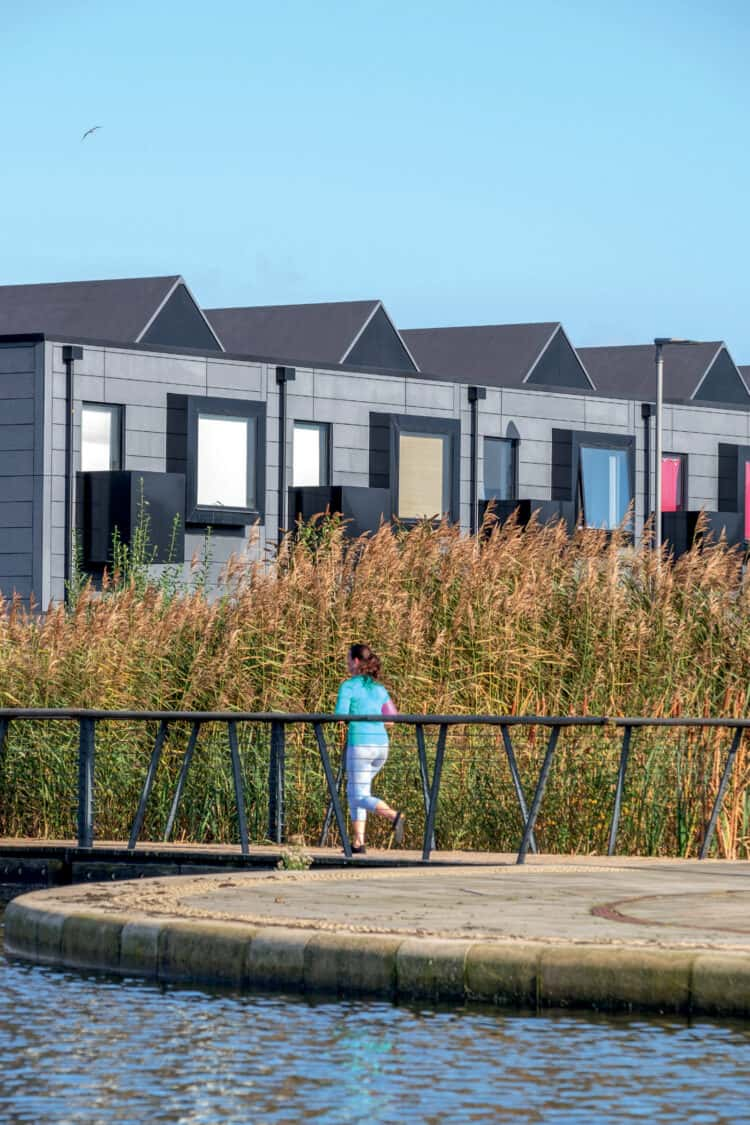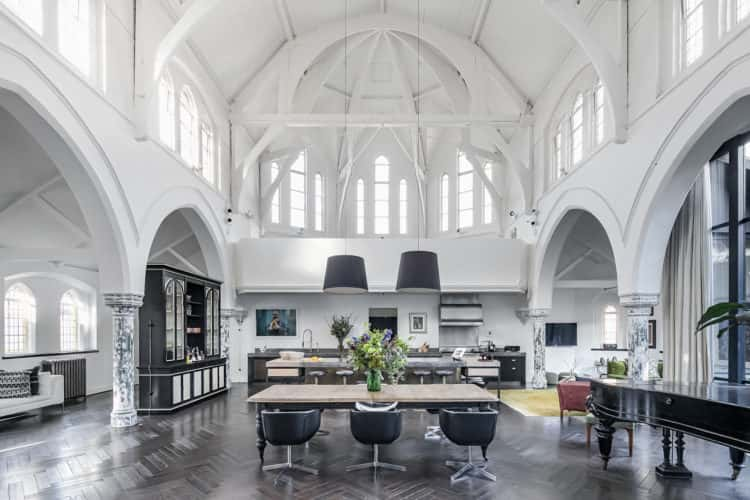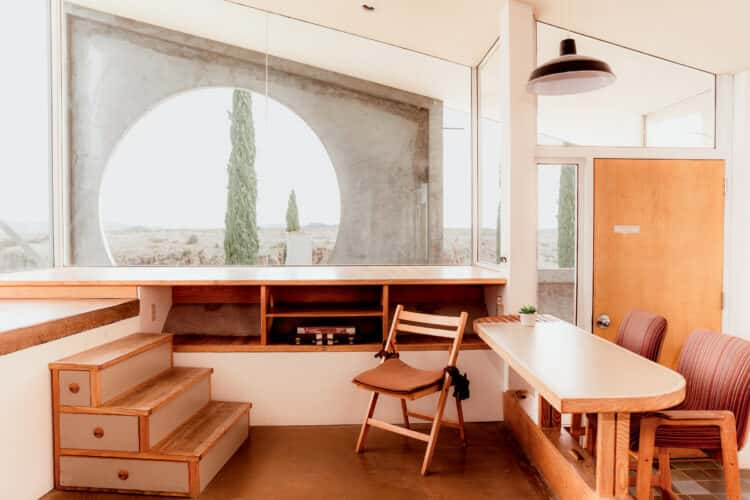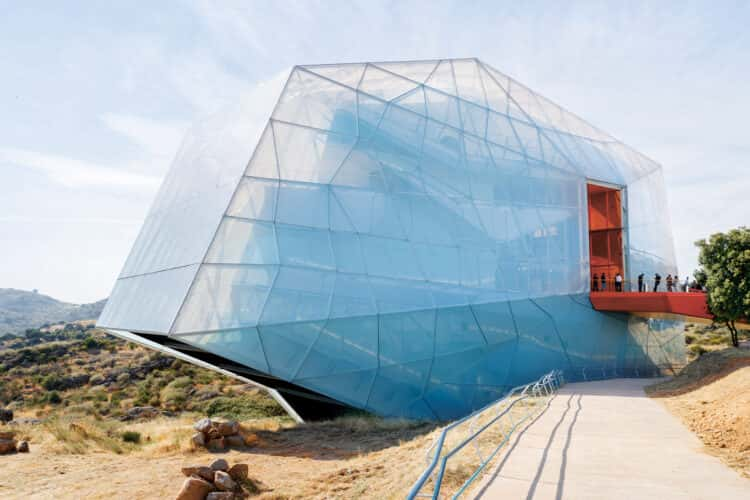Book Preview: Pre-Fab Living shines a light on the exciting potential of modular design and construction
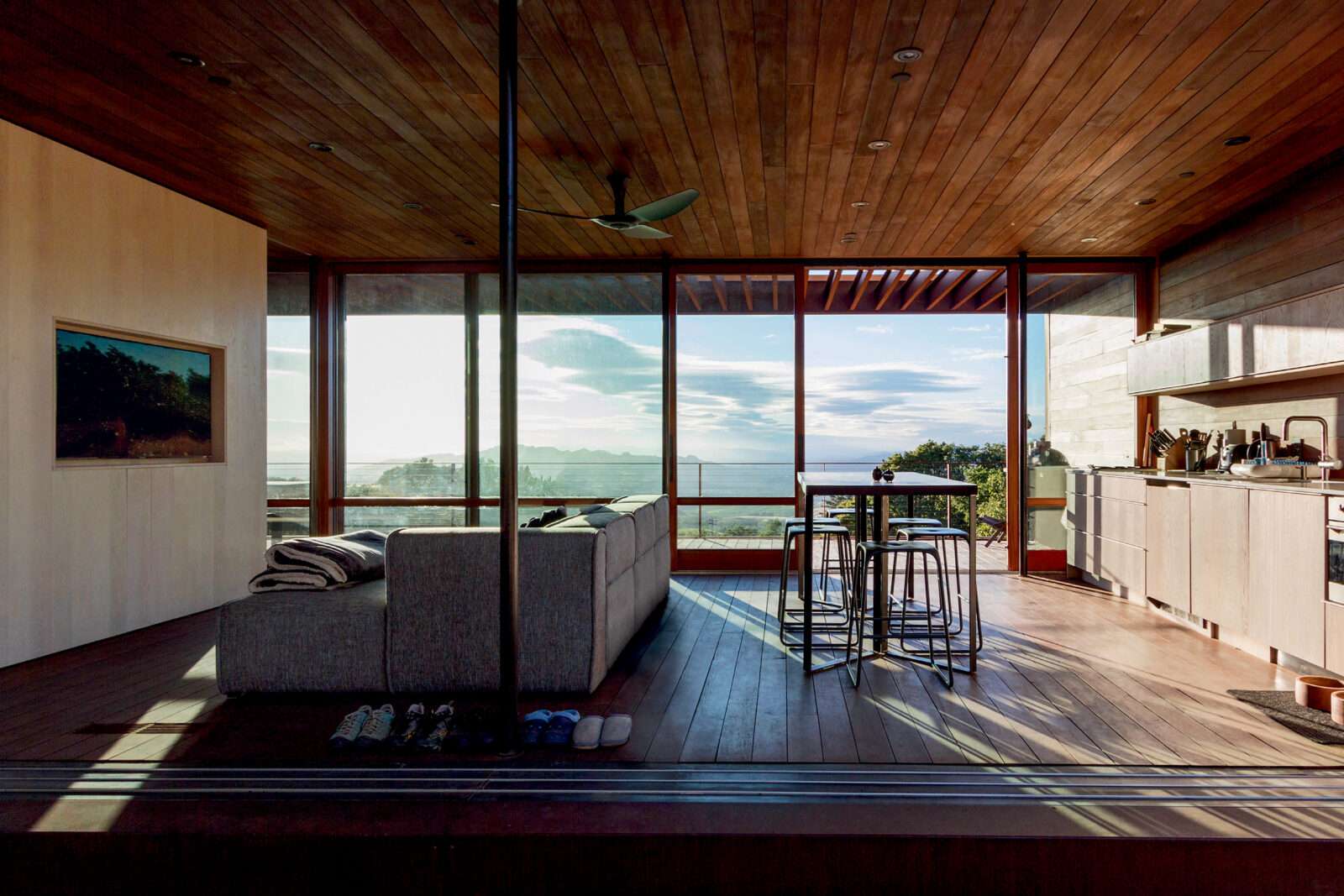
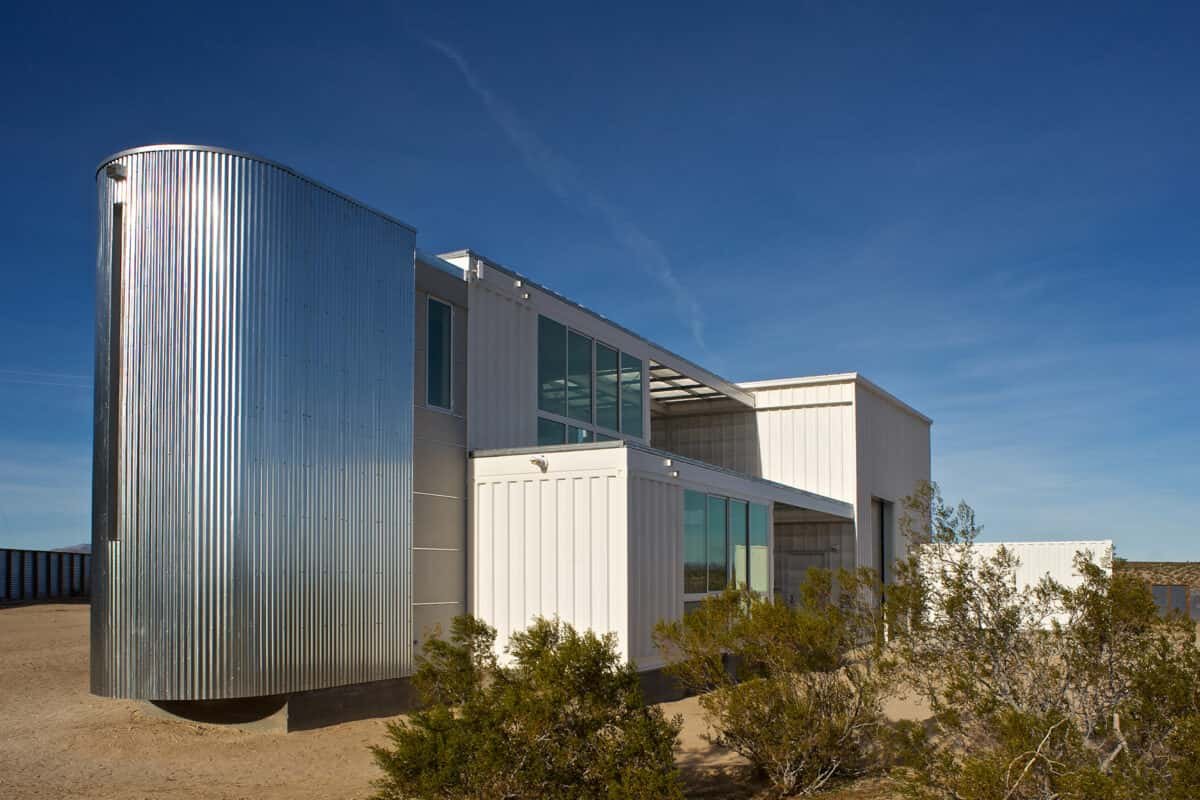
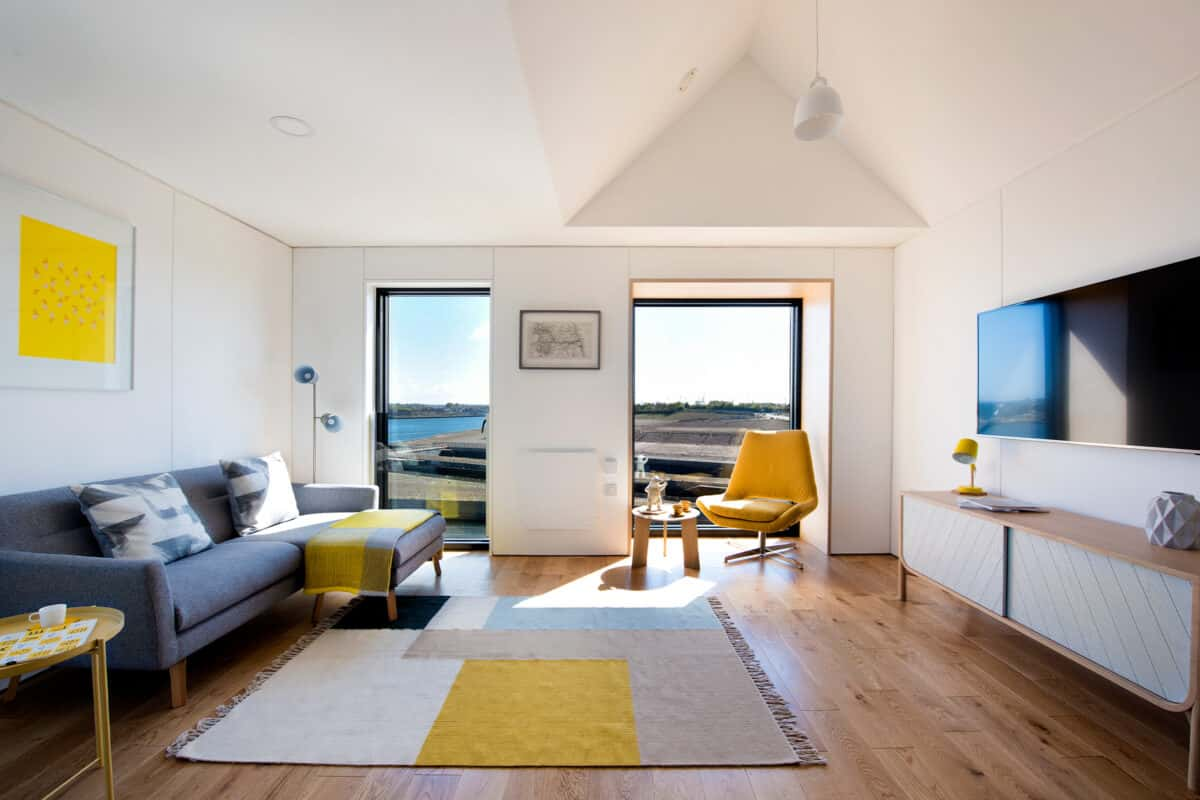
‘Prefabs were spacious and well designed with modern conveniences’ according to the Prefab Museum – yes, really – which celebrates Britain’s post-war pre-fabs and their residents. Plans were spacious and economical, windows were fairly generous and mod cons came as standard. ‘Was there a downside to pre-fab living?’ the museum considers. ‘Prefabs were not well insulated,’ it concedes, which only slightly downplays the ‘why is it colder inside than out there?’ response entering one in winter invites. In the end, the very qualities that made pre-fab homes attractive in the post-war building boom – quick construction and the use of economical materials – also sealed their doomed fate among Britain’s bricks-and-mortar loving public.
But building technology and insulation standards have come a long way since the 1950s and today a new generation of architects and building firms are embracing the virtues of pre-fab construction to confront a new set of 21st-century challenges. While they might be more comfortable with terms like ‘modular construction’ or ‘plug-and-play’, these trailblazers are nevertheless echoing the spirit of the original pre-fab age to provide homes that meet the problems of the day: climate change, new home shortages and the increasingly costly and inefficient nature of on-site construction.
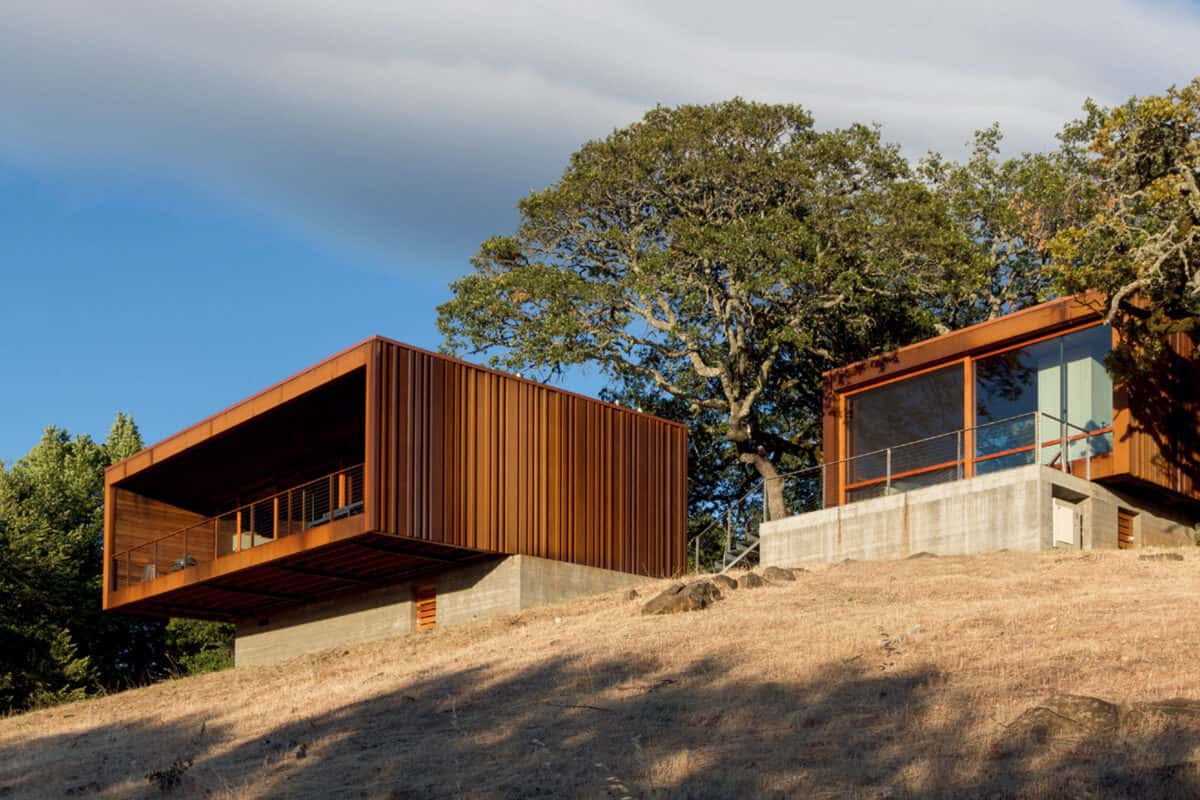
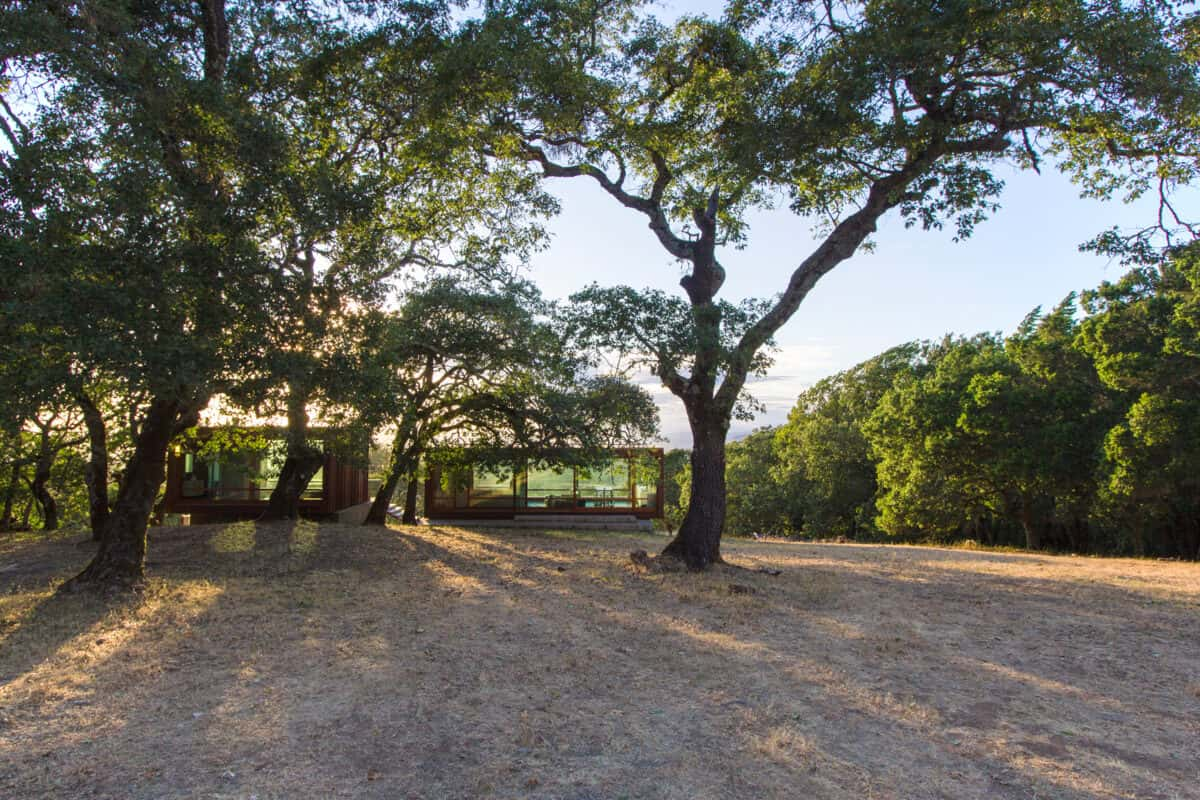
By building off-site, the construction of these homes doesn’t have to contend with access issues or bad weather, and factory conditions reduce margins of error, costs and waste, which in turn produces cheaper, more environmentally-friendly homes in a time frame that measures in days, not weeks. Sold? Well, if you’re still in doubt, a new book from Thames and Hudson by Avi Friedman will have you more than convinced.
What’s most exciting about the 40 examples in Pre-Fab Living, which takes in projects from Chile to Japan via the USA and Spain, is how beautifully designed they all are. Far from the pokey Georgian pastiche typology loved by commercial developers, these homes are bright, light and have generous proportions. They incorporate natural materials, especially wood, and are often responsive to their environment, either by referencing the local vernacular or in establishing a relationship with the outdoors. Some produce net-zero emissions; one example costs just £30,000 to build and another is so well insulated it requires only £10 of utility bills a month. Have we entered a new golden age of the pre-fab? This book certainly suggests so.
Images:
1 – Sonoma weeHouse, Santa Rosa, CA, USA by Alchemy Architects. © Alchemy, LLC
2 – Tim Palen Studio at Shadow Mountain, San Bernardino, CA, USA by Ecotech Design. Jack Parsons Photography
3 – Town House, Manchester, UK by ShedKM. © Urban Splash
4 – Sonoma weeHouse, Santa Rosa, CA, USA by Alchemy Architects. © Alchemy, LLC
5 – Sonoma weeHouse, Santa Rosa, CA, USA by Alchemy Architects. © Alchemy, LLC
6 – Town House, Manchester, UK by ShedKM. © Felix Mooneeram. All images courtesy of Thames & Hudson
